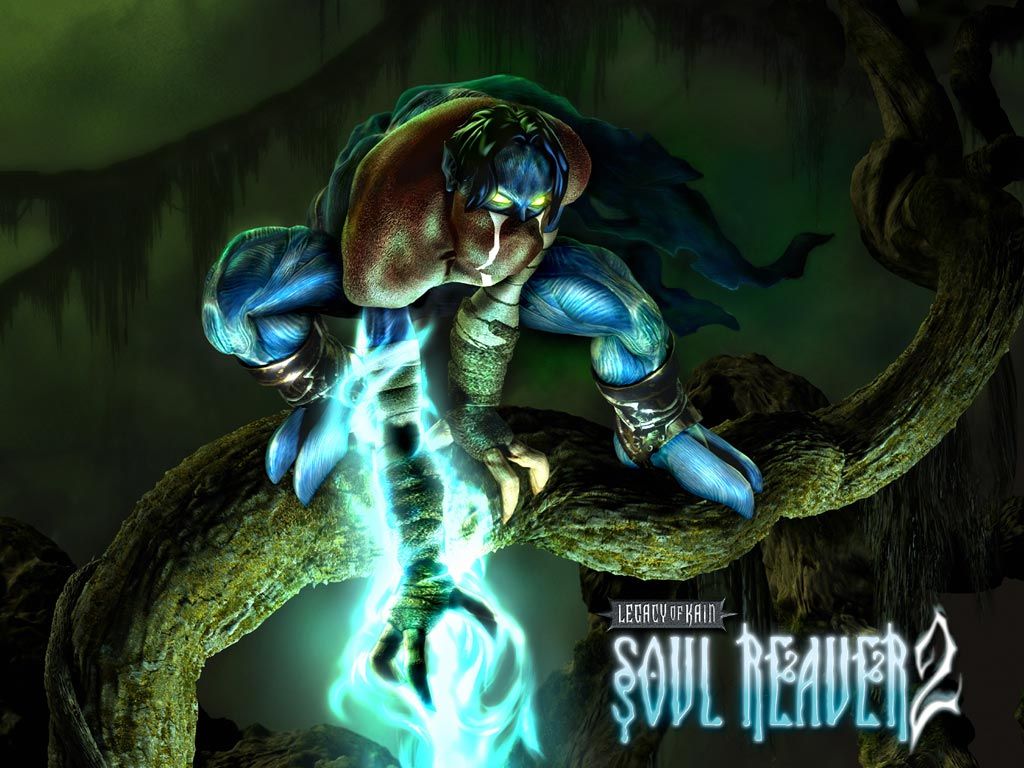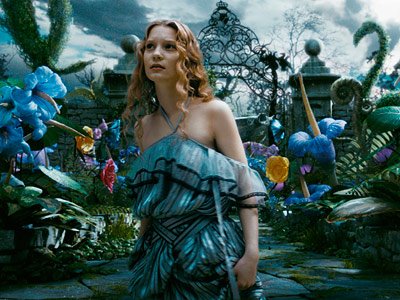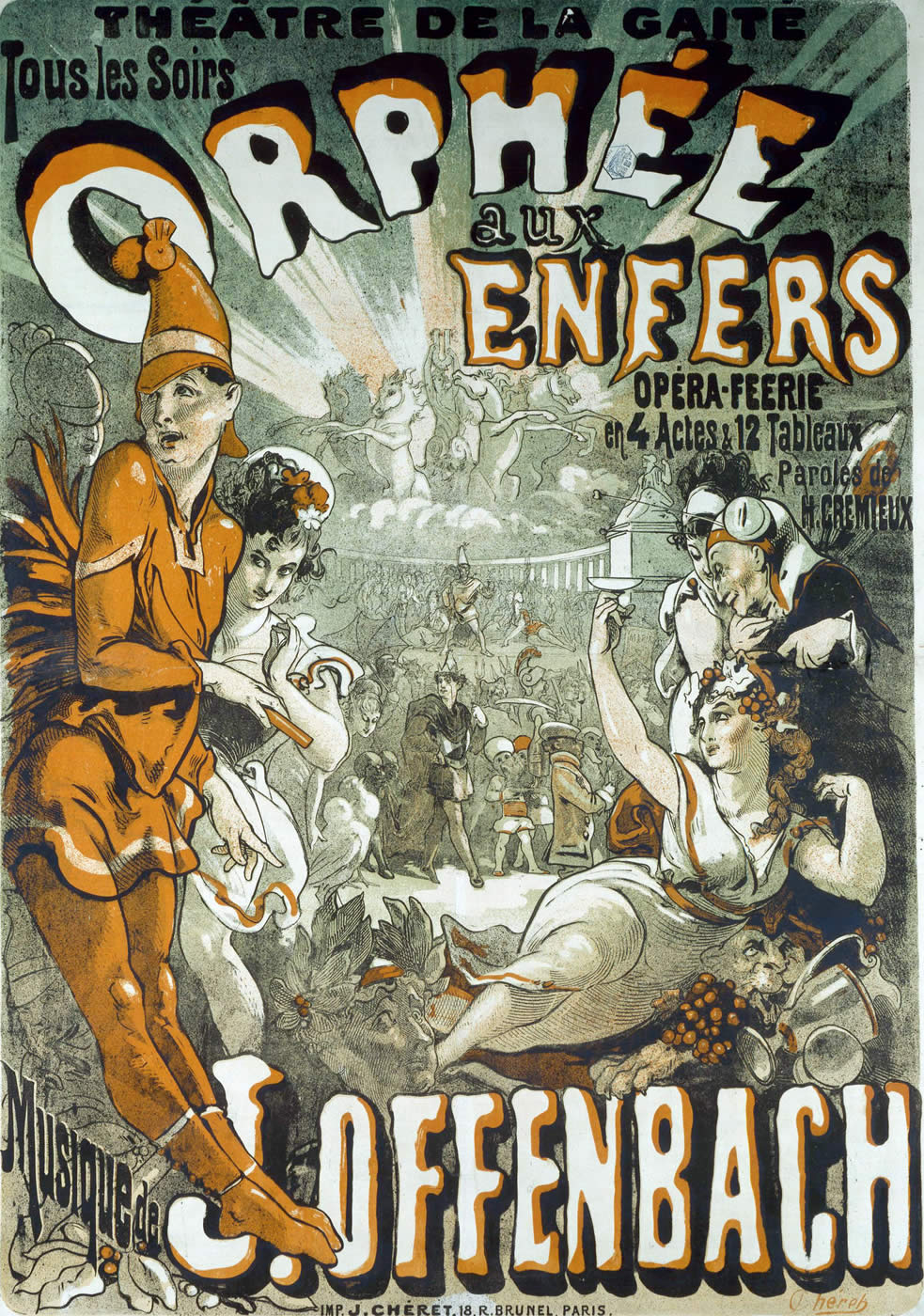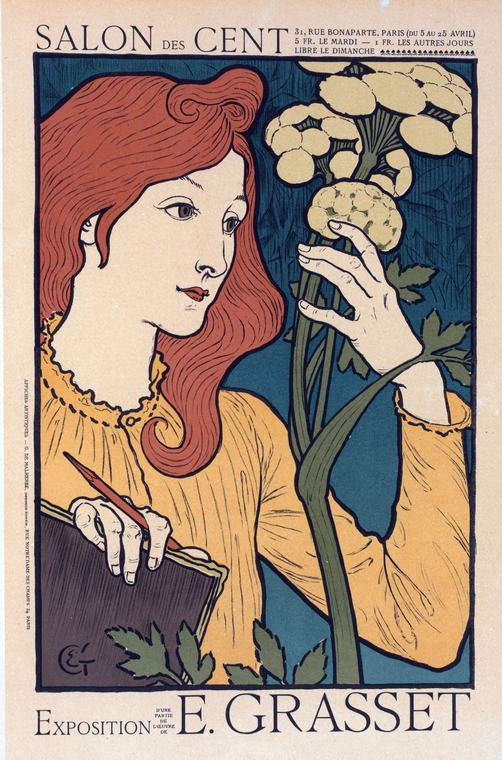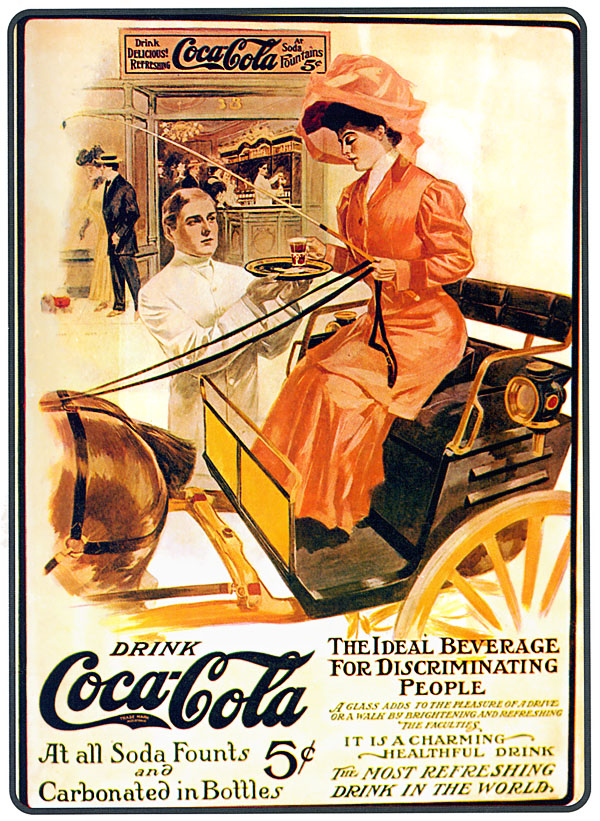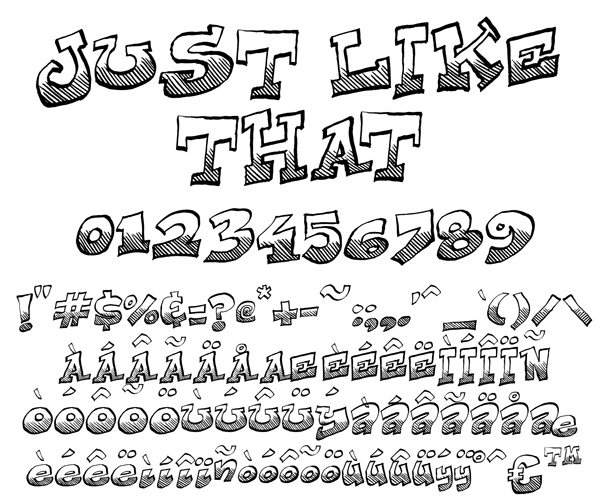FINAL PROJECT
Monday, December 10, 2012 |
Posted by
Unknown
at
4:41 AM
0
comments
![]()
Che Guevara (Journal 9)
I had always seen Che Guevara's famous poster everywhere from the internet to t-shirts. I wanted to know who this guy was.
Elena Serrano was the designer for Che's famous poster.
Che Guevara's real name was Ernesto Guevara he was born on June 14th, 1928 in Rosario Argentina. He studied medicine at the University of Buenos Aires. He traveled South America observing the living conditions. He then met Fidel Castro in 1954, this was when he helped Castro overturn the Cuban government. Guevara became in charge of a prison in Cuba and had 156-550 people executed. He tried to get people in Bolivia to rebel but he wasn't successful. Guevara was captured and killed in La Higuera by the Bolivian Army in 1967.
Che Guevara actually became a legendary political figure, his name is synonymous with rebellion, revolution, and socialism. Although these all sound like passionate beliefs, he could still be ruthless having prisoners executed without trial in Cuba.
It makes you think if he was a revolutionary or a sinister being with militant thoughts. Which brings my Journal to an end. I found this weeks reading fairly interesting and learned a lot about recent history of graphic design. I find the more recent history to be more interesting than the history from cave painting days.
References:
http://www.biography.com/people/che-guevara-9322774
http://en.wikipedia.org/wiki/Che_Guevara
Wednesday, November 28, 2012 |
Posted by
Unknown
at
1:11 AM
0
comments
![]()
Cave Paintings, Posters, Maps, Globes, Mapquest, Google (Journal 7)
Although Harry Beck wasn't the first map maker he was an innovator. Beck wasn't concerned with geographic accuracy but with the user friendly-ness of the map itself. Getting people to where they need to go with an easy to comprehend diagram/map.
Beck-type maps are used even today in every part of the world. Most subways, bus routes,and trains use a similar type of diagram. (see below)
Wednesday, November 14, 2012 |
Posted by
Unknown
at
3:21 AM
0
comments
![]()
Surrealism Salvador Dali
As I see it this form of design has been used in movies, books, video games, and posters. Many artists on deviant art create surrealistic art. Also movies like "Up" and "Alice In Wonderland" were very surreal. Surrealism was a well put together combination of fact and fantasy. Video games like "Soul Reaver" and "Kingdom Hearts" were perfect examples as such.
I believe graphic design would be far different without surrealism, it plays an important role within the realm of graphic design. The Dada movement also had an important role because this is what Surrealism was influenced by. This enveloped different political ideas, and philosophies.
Take a look at modern day Surrealism...
Wednesday, November 7, 2012 |
Posted by
Unknown
at
5:40 AM
0
comments
![]()
Jules Cheret & Eugene Grasset
Cheret traveled back to London and there is where he learned the more advanced English color lithography. He moved away from the complex designs of Victorian and simplified his designs making his figures and lettering larger. Cheret designed his new innovated drawings with bright colors consisting of blue, yellow, and red. He introduced a new type of role model for women, "Cherettes" this was a depiction of a self-assured women who were happy and living life to the fullest. Cheret opened up and almost liberated women to be what they want to be, the image to the left is an example of the Cherettes.
Now Eugene Grasset was Swiss-born and was Cheret's rival for public popularity. Grasset studied medieval art and he was also influenced by Asian art. This influence was reflected a lot in his designs, take for example his title page for "Histoire des quatre fils Aymon" above.
Not only was his design style different he also depiction of women was in opposition of Cheret's "Cherettes". Instead of being outspoken and self-assured, Grasset's exhibition poster (above) displays the women having a traditional attitude with flat or muted colors. The women above also appears to be quiet and maybe even contemplative. They are quite different yet still played important roles in the transition from Victorian to Art Nouveau. Although their designs contrasted each other they both were influenced either by the arts and crafts movement(Cheret) or the Ukiyo-e designs(Grasset).
Tuesday, October 30, 2012 |
Posted by
Unknown
at
11:47 PM
0
comments
![]()
Advertising Past & Present
After reading chapters 9 and 10 I found the rise of American editorial and advertising design quite interesting.
I'd imagine persuasive selling has been around for an extremely long time. But when it's in the Victorian Era in the golden age for graphic design it must have been ingenious to use imagery to sell your product. I found a few images of old and new advertisements to compare.
Tuesday, October 23, 2012 |
Posted by
Unknown
at
10:04 PM
0
comments
![]()
Typography
This weeks reading was a bit boring and long. I did come across a few interesting topics. William Caslon was a big dog when it came to type design. Apparently his styles were used for 6 decades! Also his fonts were used in the printing of the Declaration of Independence. How cool! This was out of left field I didn't foresee the bridge between Europe and the American Colonies. Which brings me to a website I stumbled upon in my research. I found this really neat website that has a bunch of user created fonts, not typeface but it appears to be just another innovation of typography. These fonts are at a range of intricacy and even utter simplicity. After reading the chapters assigned, I was able to better connect with the history of typography with our present day typography and how it is used in graphic design for an endless amount of things. Like billboards, magazines, books, movie titles/covers, posters, websites, logos, etc. I am glad though that we don't have it as hard as they did, with making paper, and printing presses. It seems to be easily accessible for anyone in the 21st century.
Wednesday, October 17, 2012 |
Posted by
Unknown
at
12:38 AM
0
comments
![]()
Learning Arabic...
Ok to start it off I like to express my initial feelings and emotions. I am again overwhelmed, but more intrigued. I was very interested in the evolution of language. I had never before thought about how it all started, but here I am typing the English alphabet to form words with my keyboard. It makes me think of the invention of the movable type. how it has progressed and innovated. From printing presses and typewriters.
Also on a different note I did my own research but my source is actually from a family friend who has converted to Islam and is currently learning Arabic while pursuing his PhD in African Studies. His name is Michael Fattah. I went with him to the east bay recently and I wanted to ask him questions about Islam and why he converted. He never really believed in religion although he was taken to church as a child. He was a boxer at one time in his life and one of the guys he trained with tossed him a copy of the Qur'an. At first he rejected it but his sparring buddy made a really persuasive argument. He began to do some reading and felt whole, I told him it was his faith. But to get to the put I asked him why he is learning Arabic and he told me it was to fully understand the religion. He expressed that it is difficult to write in Arabic, he is just not use to the formation of words and sentences. He told me he has a journal that he practices writing in, although he doesn't know or understand the language completely yet it inspired thought for me. Especially after reading the chapters for this week. I began to bring things together with the invention of writing and the alphabets. I wish I had a chance to peek at his journal he writes in so I may compare his strokes with the Nashki and Kufic styles of writing for Arabic. All of these ideas make me wonder how our languages will evolve from how they are now, or if they even will. As we keep reading it just strikes more and more questions within my mind.
Tuesday, October 16, 2012 |
Posted by
Unknown
at
10:43 PM
0
comments
![]()
First Reaction!
History of Graphic Design, (Philip Meggs & Alston Purvis)
Tuesday, October 2, 2012 |
Posted by
Unknown
at
8:47 PM
0
comments
![]()
Don't Be Intimidated
This is just my blog! Welcome everyone, this is where I will be posting my field journals for the History of Graphic Design. Thanks for taking a peek at this newly constructed blogsite.
Monday, September 24, 2012 |
Posted by
Unknown
at
10:45 PM
0
comments
![]()





